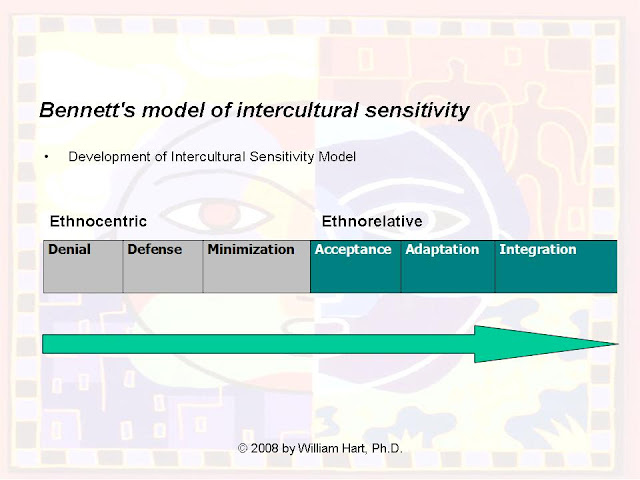Public relations is what an organization does that “helps establish and maintain mutual lines of communication, understanding, acceptance, and cooperation between an organization and its publics” (Harlow).
If a toy company sold a product that was found to be harmful to children, what four groups (publics) would they want to be sure to work with?
Four key publics that an organization/company works with: (1) consumers, (2) government, (3) mass media, and (4) employees (internally).
What do PR people do?
- Writing and Editing
- Press releases, newsletters, reports
- Media Relations
- working with journalists, etc.
- Special events
- Speaking
- Production of company media
- Research and gather data for planning
- Etc.
An important task that a public relations person would take on would be the writing of press releases.
"A press release, news release, media release, press statement or video release is a written or recorded communication directed at members of the news media for the purpose of announcing something
ostensibly newsworthy" (Wikipedia).
The idea here is that, if a journalist does find the press release newsworthy, they will mention it in their newspaper, magazine, news program, etc. Ideally the press release writer would like to see their press release repeated verbatim in the news. Really? Why?
Is it good that some journalist may just take all or major chunks of a press release and present this as news? See our earlier discussion on VNRs (or video news releases).
***
How to write a press release? What are the major elements of a press release?
What do the major elements of a press release look like when put all together to be released to the media?
If you are curious, you may want to check out
PRWeb's list of recent press releases put out by various companies and organizations.
Press Release Source: Rich,
Writing and Reporting News.
Share this post with others. See the Twitter, Facebook and other buttons below.
Please follow, add, friend or subscribe to help support this blog.
See more about me at my web site
WilliamHartPhD.com.
 So, according the previous post, technologies evolve. New ones are created and some old ones go extinct. Or do they go extinct?
So, according the previous post, technologies evolve. New ones are created and some old ones go extinct. Or do they go extinct?


































